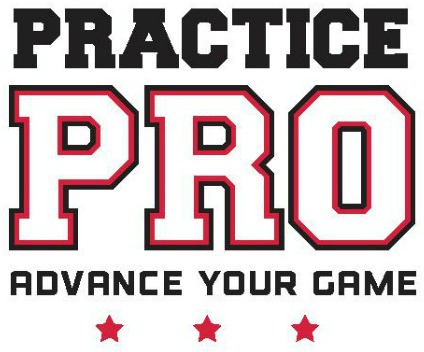Become a Movement Pitch Expert by Doing This
/Why Didn’t My Curveball Move, you ask. Great question—there’s an answer for that! It’s the offseason, and many of you are adding new pitches to your repertoire. By January, you'll start refining one or two of them to perfection for the upcoming season. The key to improving is understanding why a pitch isn’t working—because once you know, you can fix it.
A movement pitch breaks due to three main factors:
The number of rotations
The axis of spin
The pitcher’s body position
When a pitcher masters all three, the ball will move.
Now, let’s dive into the science behind it. The Magnus Effect explains how spin influences movement. It occurs when a spinning ball moves through the air, creating a difference in air pressure on either side of the ball. Velocity also plays a role—when combined with spin rate, it's measured in Bauer Units.
The Role of Body Position
Before focusing on spin, don’t overlook the third key factor: body position. A pitcher must be in the right position to deliver the ball on the correct axis. As soon as a pitcher can consistently achieve the proper body positioning, it’s time to introduce movement pitches.
For example:
When throwing a riseball, the pitcher must release the ball earlier in the downswing and lean slightly backward toward second base. This helps her get her palm under the ball and cut underneath it.
For a dropball, the opposite is true—she needs to lean forward, allowing her hand to stay on top of the ball with her palm facing downward.
Once body position and trajectory are correct, the Magnus Effect takes over.
Breaking Down the Magnus Effect
“As a spinning ball moves through the air, it drags a boundary layer of air along its surface. On one side, this boundary layer collides with passing air, slowing it down and creating high pressure. On the opposite side, the boundary layer moves with the passing air, speeding up and creating low pressure. This pressure difference generates lift, causing the ball to move toward the lower-pressure side.” (1)
Simply put: more spin = more pressure = more movement.
The seams of the ball also influence movement. Seams create a larger boundary layer, amplifying the Magnus Effect. That’s why:
A four-seam fastball moves predictably—its evenly spaced seams create a consistent boundary layer.
A two-seam fastball is less predictable because of its uneven seams.
Speed, Spin, and Axis
Velocity and spin are closely linked. Pitchers with higher speed naturally generate more spin because of their strength. If the same pitcher throws a ball at 50 mph and another at 60 mph using identical mechanics, the faster pitch will have more spin. (2)
The final piece of the puzzle is the spin axis. The ball moves in the direction of its axis, so training for precise axis control is crucial. A great way to practice this is by using a black tape drill—wrap a strip of black tape around the center of a ball and throw it. If the line appears smooth and not wobbly, the axis is correct.
How to Improve Movement Pitches
To refine your movement pitches, break them down into individual components:
Body position – Ensures proper hand placement.
Spin axis – Dictates pitch movement.
Spin rate – Enhances movement effectiveness.
Use training tools like a ball-on-a-stick or a tight-spin trainer to build forearm strength and finger dexterity.
Master these elements, and your curveball (or rise, drop, or screwball) will start breaking the way you want it to!
References:
(1) Human Kinetics, Magnus Effect. Available Online
(2) Driveline Baseball, Bauer Units and Pitch Comparison. Available Online


